Queen Nefertiti: If the tomb of Tutankhamun's mother has been found, what other ancient mysteries are there to discover?
Theories on the tomb's location have gripped archaeologists' attention
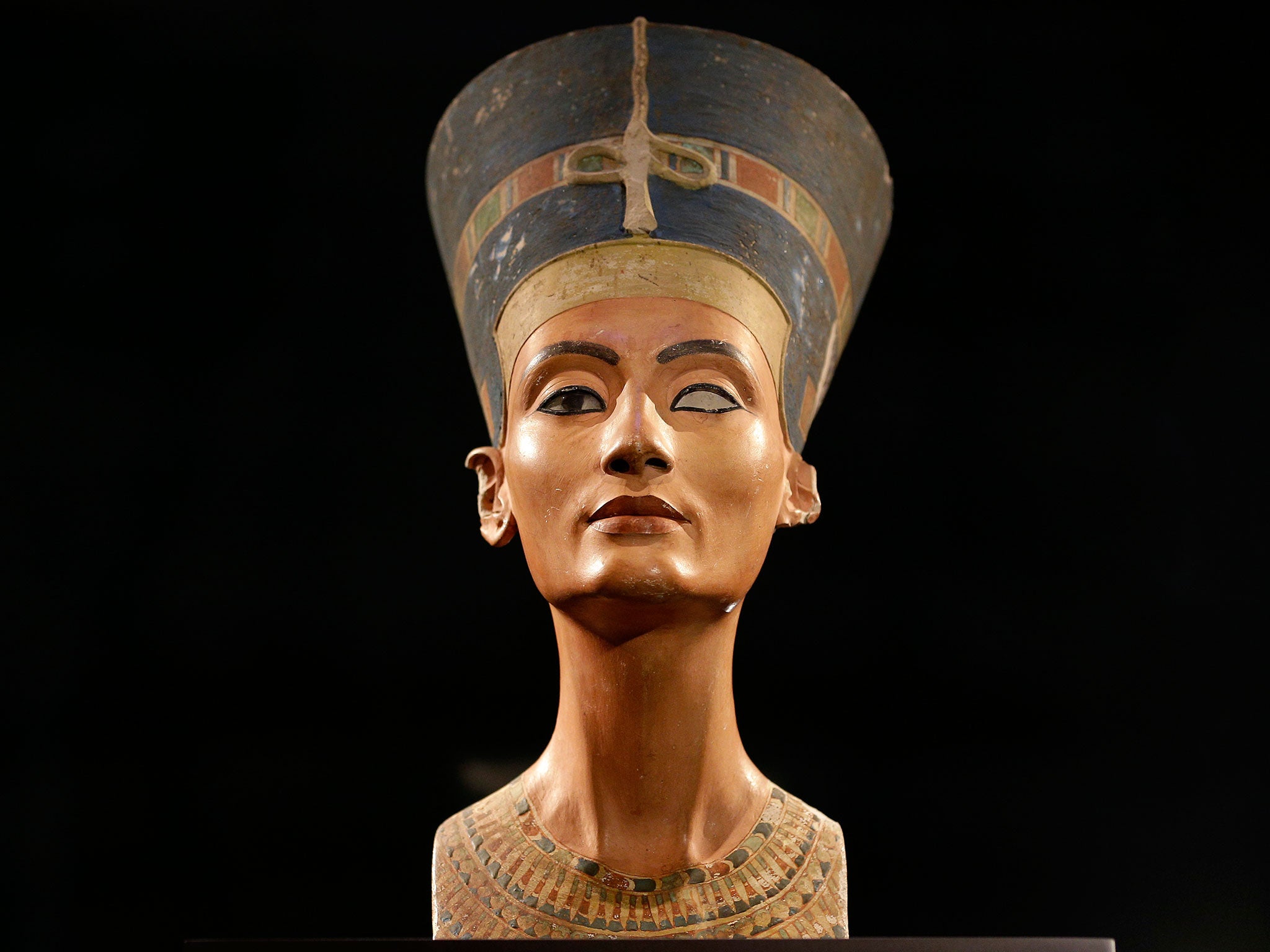
It’s enough to inspire archaeologists and treasure hunters the world over. If there really is a tomb hidden behind the wall of Tutankhamun’s burial chamber, containing the last resting place of Queen Nefertiti, what other ancient wonders are still out there waiting to be discovered?
The “if”, for now, remains a big one. It is only a theory. But an English academic working in America certainly gripped the attention of fellow archaeologists this week, when he suggested the Egyptian pharoah’s tomb in the Valley of the Kings, near Luxor, may be part of a larger complex that also houses a secret and more magnificent tomb containing the remains of his mother – and her riches.
Declaring that “the implications are extraordinary”, Dr Nicholas Reeves, of the University of Arizona, made his announcement after studying high-resolution scans of the walls of the burial chamber.
These revealed cracks suggesting the presence of two passages that were blocked and plastered to conceal their existence, he said.
Time will tell if Dr Reeves’ hypothesis is correct. His claims, which peers regard as credible, may simply be the latest in a long series of “Holy Grail found!” announcements which have led to nothing. But there are indeed thought to be many other wonders left to discover.
Most of these will be more humble, said Dr Chris Cumberpatch, of Rescue – The British Archaeological Trust. “Things that might not appear very interesting to the non-archaeologist may be incredibly exciting to us,” he said.
“For example, new techniques are being developed that enable us to analyse fat in pots, which can tell you what a pot was used for – to brew beer or store honey. Small things are actually really revealing about people’s lives. They relate to the ordinary people rather than the kings and the elite.”
But as Dr Cumberpatch pointed out, with the general public it’s all about the glamour. And there is hope that, along with Queen Nefertiti’s tomb, other “wonderful things” – in the words of Howard Carter, the English Egyptologist who discovered King Tut’s tomb– could still be waiting to be found.
The remaining mysteries
‘Bad’ King John’s Norfolk Treasure
In a rare UK example of a lost treasure, a trove of King John “The Bad” – a man said to have amassed a large collection of jewellery and gold through theft – is rumoured to have be mislaid in 1216.
It happened as the king travelled to Bishops Lynn in Norfolk, an area which at the time was dominated by huge expanses of marshes and dangerous mud flats.
Trouble struck as King John came down with dysentery and decided to take the slow, safer route home around the marshes. His soldiers took the shorter route right through the middle – but they were trapped by the tides and drowned, and the king’s riches disappeared.
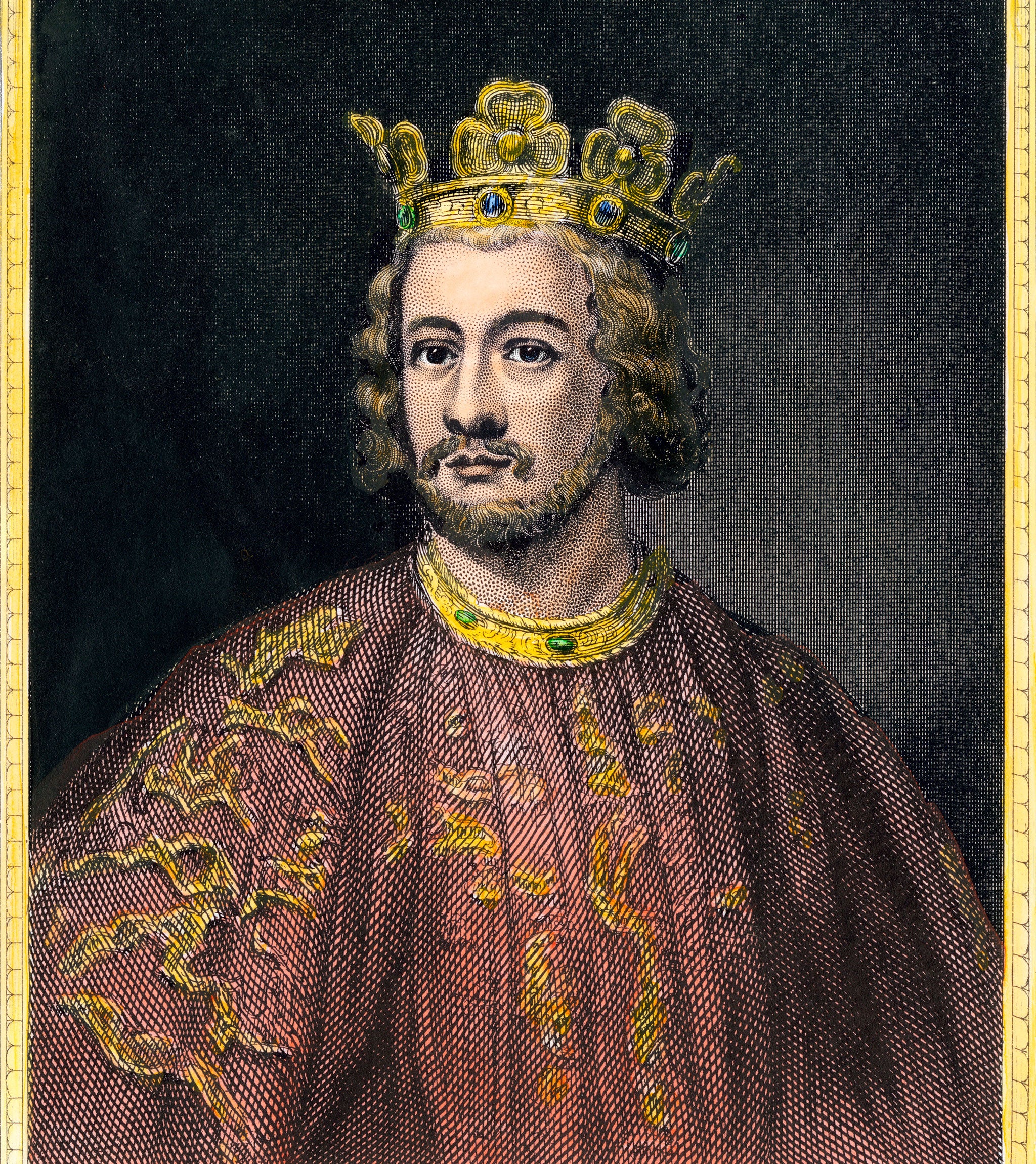
The Lost Treasure of the Copper Scroll
The Copper Scroll is a first century AD document discovered in caves at Qumran in Israel in 1952. The extremely fragile document revealed 64 locations where significant amounts of gold and silver had been hidden. The problem was that the scroll was written for someone who knew the local area extremely well between 110 and 30 BC. Needless to say, things have changed.
“Sixty five bars of gold lie on the third terrace in the cave of the old Washers House… Seventy talents of silver are enclosed in wooden vessels that are in the cistern of a burial chamber in Matia’s courtyard,” the scroll reads. The search continues.
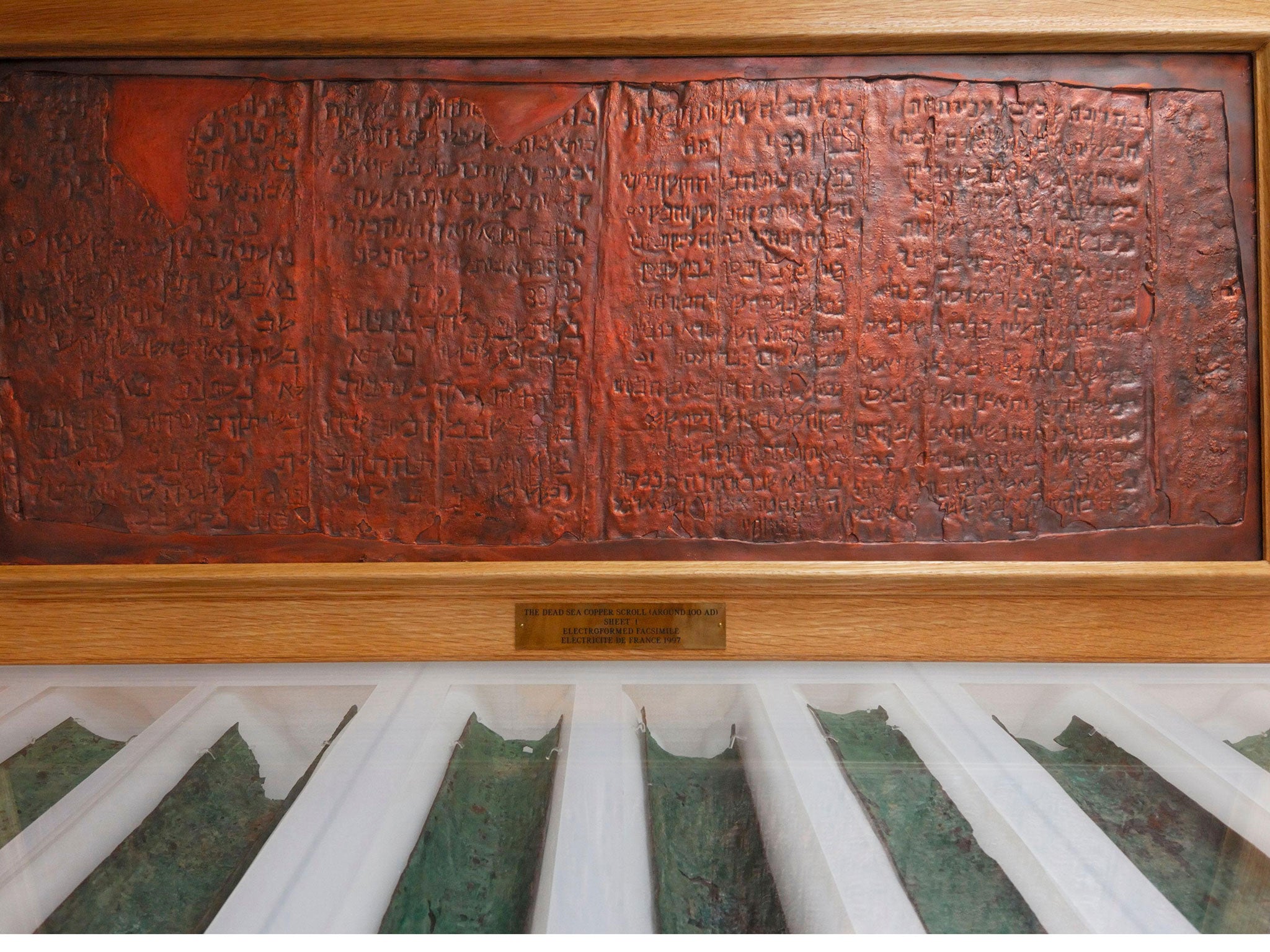
The secret city of Paititi
The story of El Dorado, a city full of gold hiding in the South American rainforests, is one of the world’s most enduring legends – and is said to be a reference to the lost Incan city of Paititi. The city is believed to have emerged after a 40-year war between the Spanish and the Incas of Peru, which ended in the 1570s. The Spanish won, but when they entered the Incan stronghold they found their enemies had taken their vast reserves of gold.
Hopes that the city existed outside myth were fuelled by new satellite photos of deforested areas of the Boco do Acre region of Brazil, which reveal vast areas that were once settlements.
The Oak Island Money Pit
Situated off the southeast coast of Nova Scotia, Canada, this 140-acre island is among the most excavated sites in the world – yet has still to offer up a nugget of value.
The legend has gained momentum over the centuries but it dates back to 1795 when 16-year-old Daniel McGinnis and a friend noticed a circular mark on the island, as if a pit had been dug out and then filled in again.
Getting excited, they got digging, going down to a depth of 9.1 metres. But while they found all manner of stuff – pickaxes, flagstones, log platforms and the like – they didn’t unearth anything of any real monetary value.
Since then, excavations have reached 72 metres – with US President Franklin D Roosevelt (below) among many to dig there
.
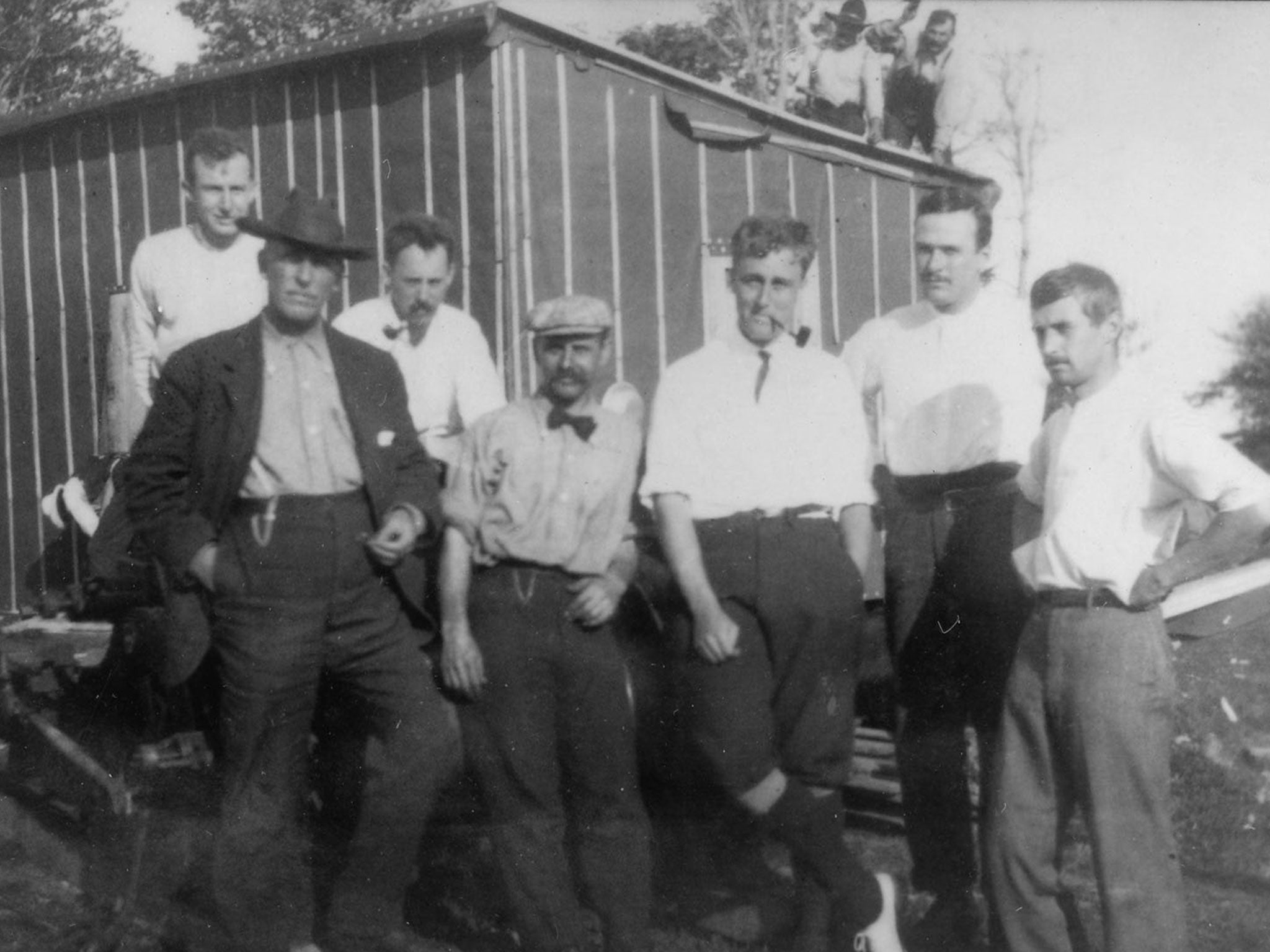
The tomb of emperor Qin Shi Huang
Emperor Qin Shi Huang (260–210 BC) was entombed in a vast underground city, surrounded by thousands of life-sized terracotta warriors that were discovered in 1974. But more than 40 years later, only a fraction of the site has been excavated.
This is largely the result of local legends that the tomb is surrounded by poisonous rivers of mercury. Archaeologists are proceeding cautiously to avoid potentially poisoning the large number of underground streams in the area. Huge quantities of treasure – and the Emperor’s body – may lie waiting to be discovered.
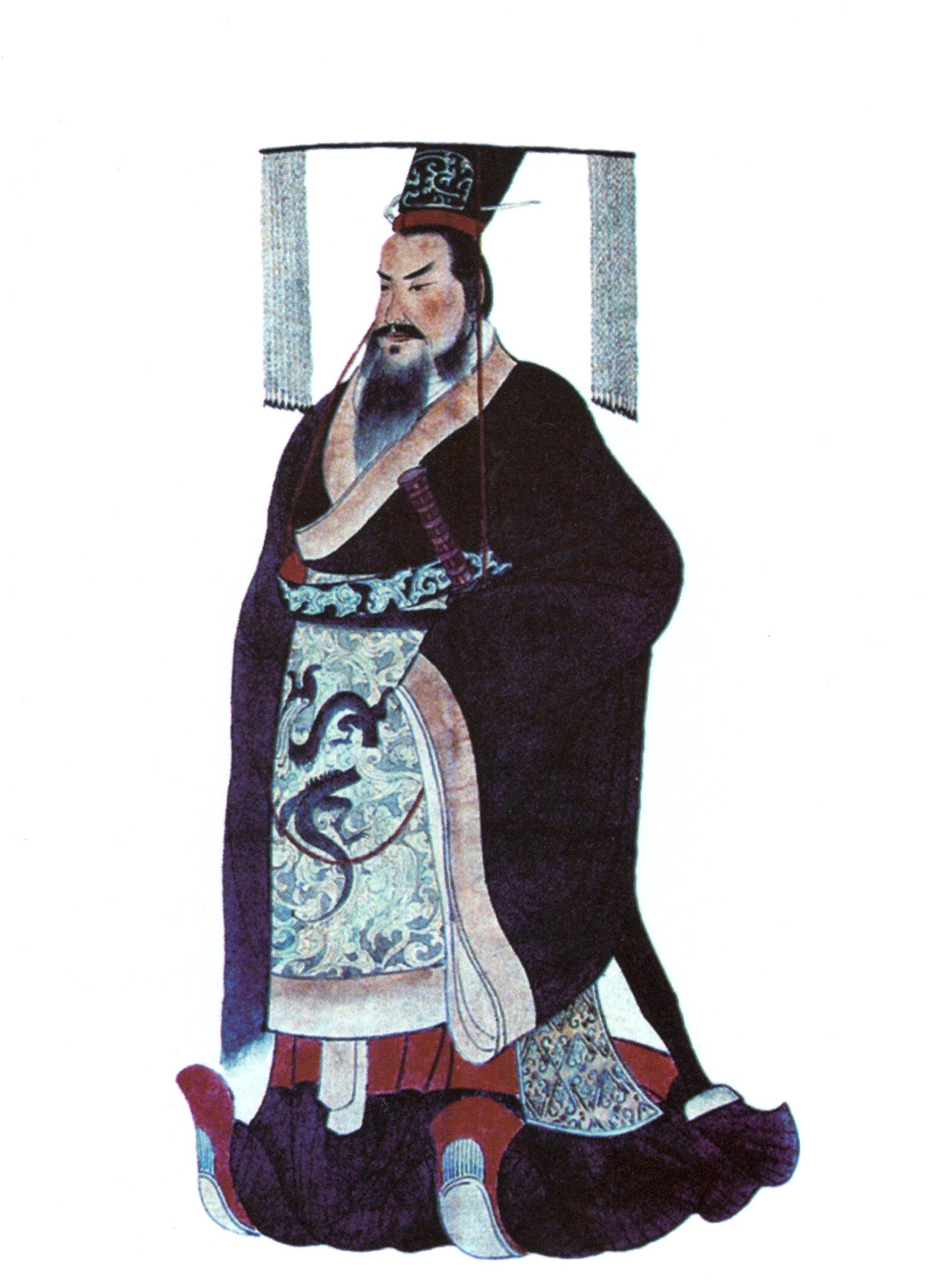
Join our commenting forum
Join thought-provoking conversations, follow other Independent readers and see their replies
Comments